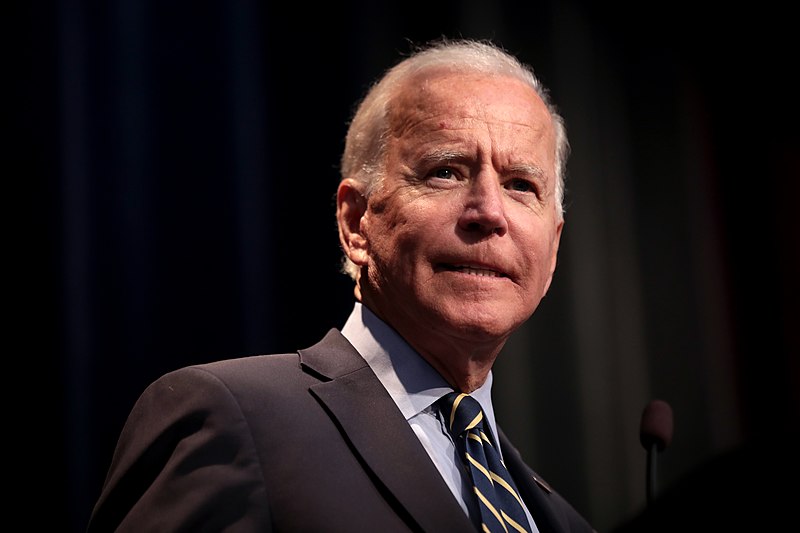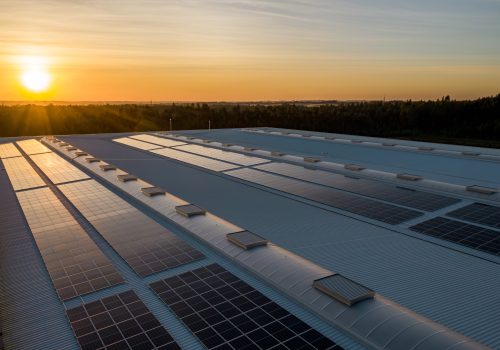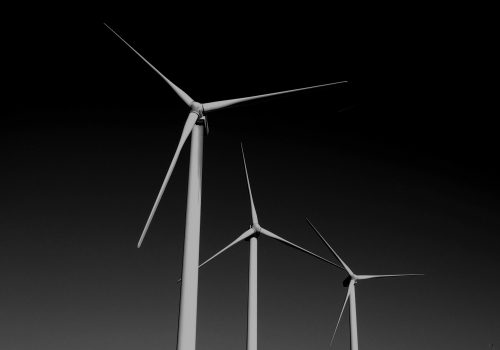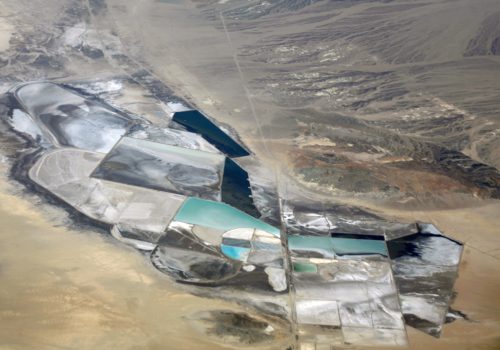The Inflation Reduction Act (IRA) of 2022 strikes a careful balance between commitment to the energy transition and acknowledgment of the critical importance of the United States as a producer of hydrocarbons amid that transition. Months of painstaking negotiation between the White House, Senate Democratic leadership, and moderate Democratic senators—particularly Senator Joe Manchin (D-WV)—has enabled President Biden to make the centrist pivot that could improve his party’s position in the upcoming midterm elections and the 2024 presidential election.
In the absence of a federal carbon price, transitioning to a carbon-free grid and widescale decarbonization of the economy requires many carrots. The IRA provides these in the form of manifold tax incentives for wind, solar, sustainable aviation fuel, and other renewables; incentives for electric vehicle production and consumer adoption; investment in battery supply chains; and support for carbon capture and the development of affordable clean hydrogen. In many cases, the new bill makes indispensable down payments on those efforts, with a robust ten-year time horizon for incentives that is critical to business leaders making long-term investment decisions and enabling technology scaling and cost reductions. The political reality which the Biden administration (and governments around the world) has learned is that the costs of the energy transition must be managed so they are affordable.
Until the dramatic investments the federal government is now primed to make bring down the utility-scale cost of batteries, electrolyzers, and advanced nuclear power, the transition may be more gradual, and the United States’ 2030 goals unrealistic. Indeed, many developed and developing nations’ net-zero by 2050 goals are banking on the rapid commercialization of numerous technologies still in development or currently cost-prohibitive at scale. Better to pocket the gains we can, and accelerate the pace of transition after 2030, than sabotage the effort because we cannot achieve a more aggressive timeline. In this sense, this new bill has snatched victory from what seemed the likely jaws of defeat.
The bill also adds a crucial dose of realism to the administration’s broader energy policy. Recent months have brought stark reminders that oil and gas remain strategic commodities. The United States’ major contribution to the diversification of the oil market therefore remains essential. The IRA acknowledges this, both in its insistence on continuing offshore oil and gas leasing in the United States as well as the promise of a future permitting reform bill which will provide greater certainty and clarity for US fossil fuel producers and infrastructure operators if passed and signed.
Likewise, US production and export of natural gas is increasingly essential to keeping Europe warm and Asia prosperous, and natural gas remains an indispensable supporter of the energy transition in nearly every region of the world. US exports increase the competitiveness of global liquefied natural gas (LNG) markets, driving down costs and helping make gas more affordable than more emissions-intensive fuels like coal, which continues to dominate in South and Southeast Asia. The Biden administration has only been willing to acknowledge this role for US natural gas exports when forced to, but a more public acknowledgment and firmer commitment is required. Senator Manchin’s insistence on permitting reform will be essential to achieving the administration’s renewable energy goals (such as 30 GW of offshore wind energy by 2030) but also to the siting of electricity transmission lines, hydrogen and CO2 pipelines, and the oil and gas pipelines necessary for the competitiveness and resilience of the US economy and future exports of both. The United States can—and absolutely should—be a low-risk, low-cost, and low-carbon producer of hydrocarbons.
Concerted action on methane, visible both in the IRA and ongoing executive action at the Environmental Protection Agency (EPA) and other agencies, is an instructive example. The new IRA methane fee and its direct financial support for methane emissions reductions for US operators will work in concert with agency efforts, namely the forthcoming final EPA regulations on oil and gas industry methane emissions which will regulate leak detection and repair and limit venting and flaring of gas. All of these are important steps in achieving a highly efficient, world-class US oil and gas industry. The IRA sets the United States on a pathway to truly achieve all of the above.
There was a time, prior to the failure of the Waxman-Markey cap and trade bill in 2010, when diversity of energy supply, investment in clean energy technologies, and assurance of open and transparent energy markets were bipartisan priorities. Democratic administrations do not need to be at war, perceived or actual, with the domestic oil and gas industry, nor should red state attorneys general or governors look askance at their states becoming destinations for the production of wind and solar energy as well as the manufacture of the industrial components for the clean energy economy. The IRA puts Democrats squarely in support of a balanced, all-of-the-above strategy and, oddly, puts Republicans in opposition to both clean energy and a balanced approach. The process was not pretty, but the outcome could prove a political gift for Democrats. The question now is how will both sides respond to the challenge—and opportunity—ahead.
David L. Goldwyn served as Special Envoy for International Energy under President Obama and Assistant Secretary of Energy for International Relations under President Clinton. He is chair of the Atlantic Council’s Energy Advisory Group.
Meet the author
Related content
Learn more about the Global Energy Center

The Global Energy Center develops and promotes pragmatic and nonpartisan policy solutions designed to advance global energy security, enhance economic opportunity, and accelerate pathways to net-zero emissions.
Image: Joe Biden speaking in Altoona, Iowa. (Gage Skidmore, Wikimedia Commons, CC BY-SA 2.0) https://creativecommons.org/licenses/by-sa/2.0/deed.en





